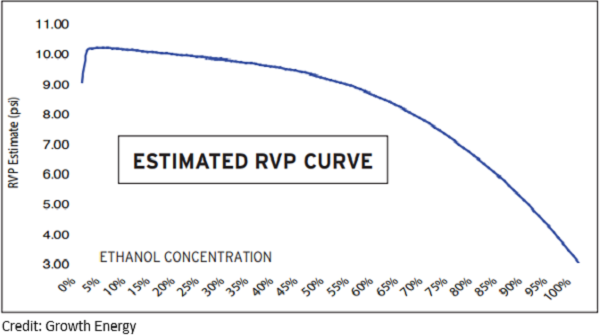Allison Prestegaard of Marquis Energy. | Provided by Prestegaard
Allison Prestegaard of Marquis Energy. | Provided by Prestegaard
Marquis Incorporated has issued the following press release:
May 4, 2022 - Recently, President Biden announced that consumers will continue to have access to low-cost E15 fuel this summer.
Marquis Incorporated commends the Biden administration’s actions toward ensuring that the ban on Russian oil, as well as future actions the U.S. may need to take are economically sustainable for the American economy and American people.
In fact, E15 lowers the cost consumers pay at the pump. On average, it sells on average for $0.10 less per gallon than E10, and in recent weeks, has saved drivers as much as $0.50 per gallon.
It is additionally important to recognize members of the state’s Congressional delegation who advocated to the White House for energy independence and consumer choice in the summer months: Illinois Senators Tammy Duckworth and Dick Durbin, and Congressional Representatives Mike Bost (IL-12), Rodney Davis (IL-13), Mary Miller (IL-15), Cheri Bustos (IL-17), Adam Kinzinger (IL-16), and Darin LaHood (IL-18).
However, the oil industry and its surrogates were quick to jump on social media and national networks to push myths and misinformation about biofuel.
Marquis Incorporated has put together the facts about the biggest myths being pushed online and in the media about E15.
Myth #1: E15 gets fewer miles per gallon, it emits more greenhouse gasses than E10, it could damage vehicles and void the warranty.
Facts:
- E15 is approved by the U.S. Environmental Protection Agency for all cars model year 2001 and newer. That’s 96% of the cars on the road today.
- Most automakers – including the Big Three – warranty E15 fuel for nearly 90 percent of all new cars.
- E15 burns cleaner and cooler than gasoline, so it’s better for your engine.
- The data shows that food prices are dictated by oil, not biofuel.
- As has been shown repeatedly, there is simply no evidence that the RFS increases GHG emissions on a lifecycle basis, compared to gasoline. In fact, EH&E found that ethanol reduces GHG emissions by nearly 50% compared to gasoline.
Facts:
- The corn used for ethanol is derived from animal feed corn – not sweet corn that humans consume. Ethanol producers simply take starch from the corn to produce ethanol, while at the same time producing distillers grain, America’s second-largest source of animal feed, so that all of the fat and fiber continue into the food chain.
- Additionally, data shows that the price we pay for food is heavily dictated by the cost of crude oil – a correlation demonstrated by data on food and oil prices. In fact, the USDA says that the farm share of every dollar spent on food is just 14.3 cents – most of the food costs are driven by marketing and packaging.
Facts:
- Ethanol is a renewable, plant-based biofuel that burns cleaner and cooler than gasoline, which is good for our environment and our cars’ engines.
- E15 is lower in volatility than regular gasoline that you see at the pump today. In fact, there are numerous studies out there that show E15 reducing emissions and improving air quality, reducing harmful air toxics, and reducing particulate emissions.
- Ethanol also provides a superior octane boost without the carcinogens associated with other fuel additives.
- In fact, Sunoco Green E15 is the official fuel of NASCAR, showcasing ethanol’s ability to perform in the most demanding of driving environments.

Note: The attached graph from Growth Energy shows that E15 has a lower RVP (Reid Vapor Pressure, a common measure of and generic term for gasoline volatility) than E10. In fact, fuel volatility and evaporative emissions continue to decrease when ethanol fuel blends increase beyond E10.
Allison Prestegaard is the communications coordinator for Marquis Incorporated.






 Alerts Sign-up
Alerts Sign-up